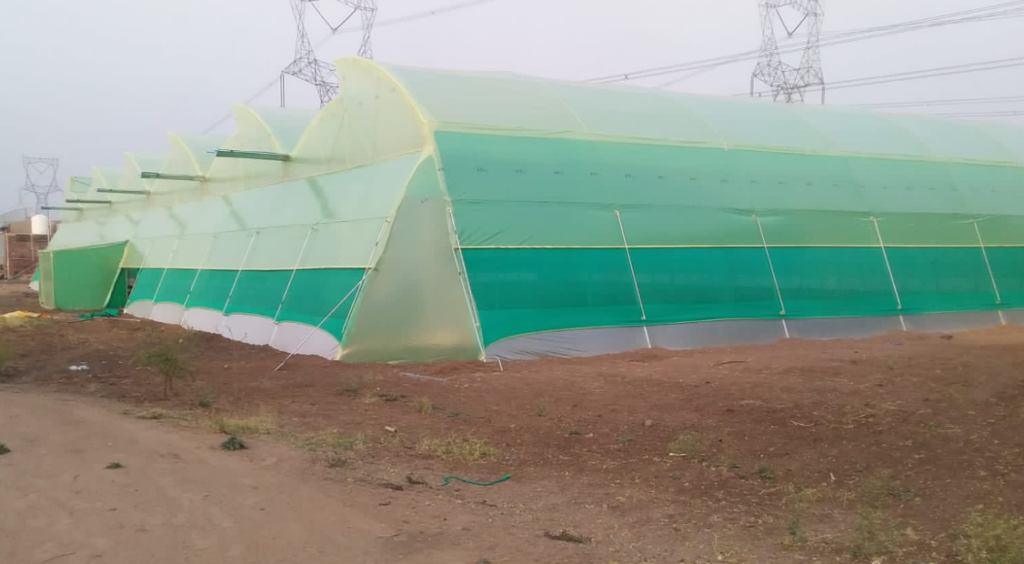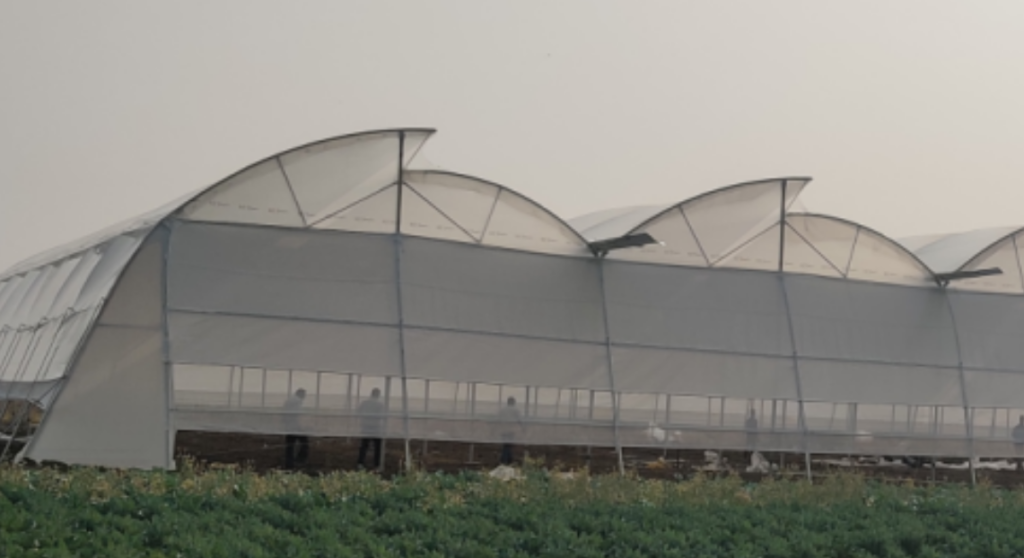polyhouse farming

Introduction:
We Are Varad High tech Agricultural Pvt.Ltd. Varad High tech Agricultural Pvt.Ltd Is Provind Polyhouse Products And Service Since 2016. And We are Complet 200+ Acre Project In PAN India.
Poly houses have become increasingly popular in the agriculture industry for their ability to provide controlled environments for plant growth. These structures offer protection against adverse weather conditions, pests, and diseases, allowing farmers to optimize their crop production. In this article, we will explore the concept of poly house construction and manufacturing, highlighting its benefits, the materials used, and the processes involved.
Benefits of Poly Houses
Poly houses offer numerous advantages for agricultural practices, enabling farmers to overcome various challenges and improve productivity. Some key benefits of poly houses include:
Climate Control: Poly houses provide a controlled environment, allowing farmers to regulate temperature, humidity, and light levels. This enables the cultivation of crops that would otherwise struggle in the prevailing climatic conditions.


Materials Used in Poly House Construction
Poly houses are typically constructed using a combination of sturdy materials that provide durability and structural strength. These include:
Galvanized Iron (GI) Frame: GI frames are commonly used to support the structure of poly houses due to their corrosion resistance and strength.
Polyethylene (PE) Films: These films are used as covering materials for poly houses due to their light transmittance, thermal insulation properties, and durability.
Insect Netting
Process of Poly House Construction and Manufacturing
The construction and manufacturing of poly houses involve several steps to ensure a successful and functional end product. These steps include:
Site Preparation: The chosen site for the poly house needs to be level and well-drained to avoid waterlogged conditions. Clearing the area of any debris or vegetation is essential.
Design and Planning: Based on the requirements and crop selection, a suitable design for the poly house is created. Factors such as size, structure, ventilation, and irrigation systems are taken into consideration during this stage.
Frame Installation: The GI frame is assembled and securely anchored into the ground to provide stability and withstand strong winds.
Covering Installation: PE films are carefully draped over the frame, ensuring a tight fit to minimize air leakage. Insect netting is also installed, providing additional protection against pests.
Ventilation and Irrigation Systems: Proper ventilation systems, such as roof vents and side vents, are installed to maintain airflow and regulate temperature. Additionally, an efficient irrigation system, such as drip irrigation, is set up to ensure optimal water distribution.
Monitoring and Maintenance: Regular monitoring of the poly house is crucial to identify any potential issues early on. Routine maintenance, such as cleaning, repairing damaged films, and checking the irrigation system, is essential for its long-term functionality.
